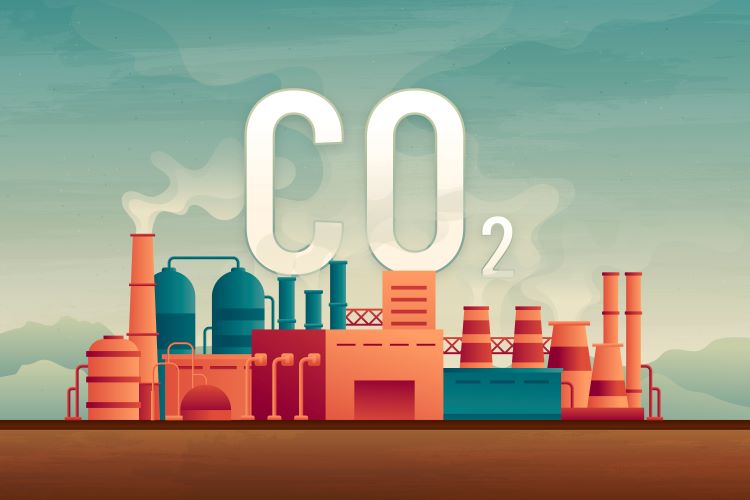
An online presentation by Sean Monkman on the American Concrete Institute (ACI) platform.
The ACI recently hosted a presentation on the innovative topic of utilising CO2 as a performance-enhancing admixture in ready-mix concrete. This is the Part 4 of a four-part article.
…continued from Part 3.
Positioning CO2 utilisation as a tool
Monkman reaffirmed the intended purpose of CO2 utilisation technology: it is not presented as a sole solution to sustainability challenges but rather as a tool that concrete producers can leverage to reduce the CO2 footprint of their products. The presentation emphasised the importance of evaluating the overall environmental impacts, considering emissions associated with CO2 processing, transportation, and equipment operation. Monkman emphasised the need for a holistic approach to sustainability, where CO2 utilisation technology is one component in a broader strategy to enhance the environmental performance of the concrete industry.
In the final segment of the presentation, Monkman delved into the environmental considerations and the carbon footprint associated with CO2 utilisation technology. He acknowledged that the technology’s impact is influenced by the energy grid’s carbon intensity, with emissions associated with CO2 processing, transportation, cryogenic tank creation, and injection system operation. Monkman highlighted that approximately 12% of the emissions are associated with dosing CO2, while the vented and non-mineralised portion accounts for about 10% of the dose, resulting in a total emission of around 22%.
Comparing the carbon footprint of CO2 as an admixture with other chemical admixtures, Monkman showcased the favourable environmental profile of CO2. Even at different dosages, CO2 demonstrated a lower carbon footprint compared to alternative admixtures, making it a more sustainable choice for concrete production.
Monkman emphasised that the technology contributes to a net removal of over 70% of the emitted CO2, showcasing its potential as a tool for carbon reduction. He highlighted the ability to issue verified carbon units through methodologies like Verra (Verified Carbon Standard [VCS]), allowing companies to sell CO2 reductions on the voluntary carbon market. This market-driven approach provides an incentive for adopting technologies that contribute to environmental sustainability.
Closing the presentation, Monkman shared the impressive track record of the technology, having been used in over 700 projects worldwide, with over 30 million cubic metres of concrete produced and 250 000 metric tons of CO2 saved. He highlighted that the technology has resonated well in the industry, enabling users to enhance sustainability, reduce costs, and differentiate themselves in discussions with architects and stakeholders.
Monkman concluded by inviting the audience to further exploration through published materials for those interested in deeper reading. The presentation showcased not only the technical advancements of CO2 utilisation in concrete but also its tangible impact on sustainability and industry practices.
More news
- PART 2: CONCRETE IN THE DESIGN OF A UNIQUE LUXURY HOME IN GEORGE, SOUTH AFRICA
- PART 1: CONCRETE IN THE DESIGN OF A UNIQUE LUXURY HOME IN GEORGE, SOUTH AFRICA
- MVULE GARDENS, AFRICA’S LARGEST 3D-PRINTED AFFORDABLE HOUSING PROJECT
- PART 3: HARNESSING THE POTENTIAL OF HIGH SULPHUR FLY ASH IN CONCRETE PRODUCTION
- PART 2: HARNESSING THE POTENTIAL OF HIGH SULPHUR FLY ASH IN CONCRETE PRODUCTION



